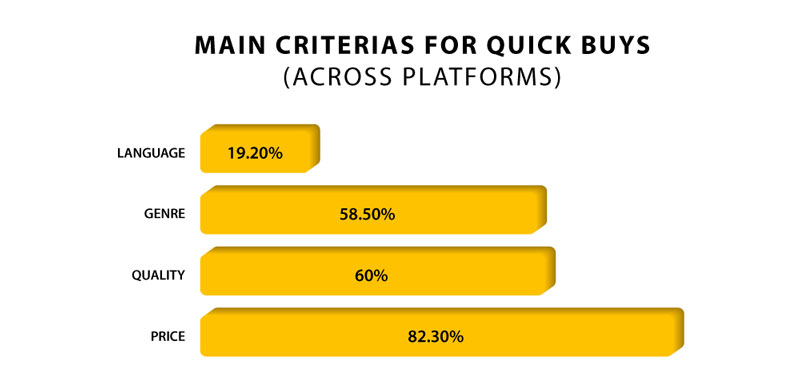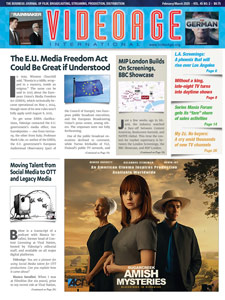Consider this: Up until recently, TV advertising rates kept going up and the number of spots increased despite drastic ratings drops. Today, the contrary is true: Advertising spots and rates are going down despite a surge in viewership.
Recently, both The New York Times and The Wall Street Journal published articles about local U.S. TV stations losing advertising revenue due to the COVID-19 pandemic, while still increasing viewership.
The Journal reported that local TV stations in the U.S. have more viewers than ever since viewers are leaning on local TV news for updates. For example, the WSJ article said that the Nexstar station group, which owns 196 local stations in 114 U.S. markets, has experienced ratings jumps of 35 percent since mid-March. However, the rise in viewership comes as companies and political campaigns pull back on ad spending.
Advertising, the WSJ pointed out, accounts for up to 46 percent of local TV revenue. Other income comes from retrans fees.
The Times piece focused on the advertising industry and its impact on business and society.
According to a report issued by the London, U.K.-based research firm IHS Markit, which was quoted in the article in the Times, each dollar that companies spent on advertising in the U.S. last year led to $9 in sales.
In the U.S., the ad industry employs about 500,000 people. In addition, the Times article said, according to the New York City-based ad trade group Interactive Advertising Bureau, overall spending on digital ads for March and April 2020 was down 38 percent from what companies had expected to lay out, and ad spending fell 41 percent on TV, 45 percent on radio, 43 percent in print publications, and 51 percent on billboards and other outdoor platforms.
The problem was compounded by the fact that many companies tried to protect their brand names by keeping their ads away from media reports about overrun medical facilities, joblessness, and coronavirus figures.
However, while many national TV advertising categories such as restaurants, travel/tourism, and retail have declined as expected due to COVID-19, other categories, including automotive, insurance, and household products have been climbing. In this climate, some advertisers have shifted towards less expensive, non-premium inventory.
According to a recent report by the London-based research group Kantar, automotive advertising has seen a 13 percent increase in the number of 30-second commercials. Insurance has seen a 16 percent increase, and household products are seeing a 43 percent spike. Commercials for pharmaceuticals (over-the-counter and prescription drugs) posted a one percent hike.
On the flip side, travel/ tourism is down 94 percent, food advertising is 21 percent lower, retail is off 16 percent, restaurants are down seven percent, and financial services have registered a five percent drop.
In other news: Recently, the organizers of Asia TV Forum (ATF) released a survey conducted with TV content buyers across Asia to find out programming strategies during COVID-19 disruptions.
Television viewership has surged around the world as many countries experience lockdowns. And ATF officials have learned that dramas (85.4 percent), kids’ animation (61.5), and formats (41.5) have been taking the top three spots on the schedules, with documentaries/factual ranked fourth (31.5).
With only 16.9 percent preference, reruns did not fare well, and movies did even worse, being popular with just 5.4 percent of respondents.
As to the replacement of cancelled shows, even though reruns were one of the least favorite genres, 41.5 percent of respondents reported that they were scheduled. Movies garnered 1.5 percent of the vote.
Finally, when hunting for urgent content, according to the ATF survey, price is the main criteria for 82.3 percent of respondents.
Audio Version (a DV Works service)












Leave A Comment